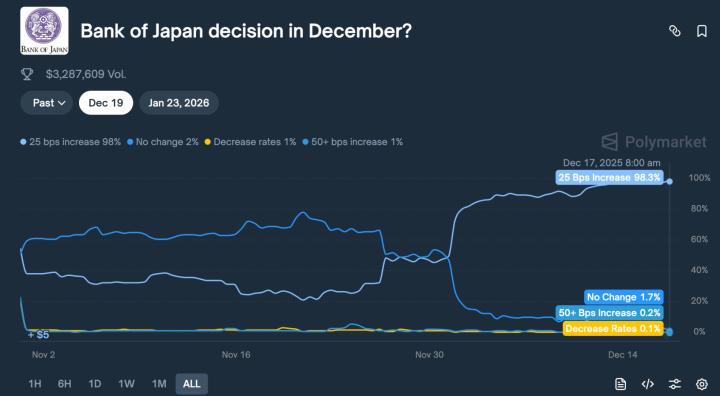The cryptocurrency market is undergoing strong adjustments, with decreasing liquidity, and recent successful AI Agent projects only having a market capitalization (MC) of around $10 million. This is completely opposite to the 3-4 months ago period, when AI Agent projects could reach an MC of over $100 million if they achieved product-market fit (PMF). So what new model is truly sustainable?
From the Old Model to the New Model
The Old Model: Agent as a Framework
In the past, many AI Agent projects were created with the goal of becoming a framework for developers to build their own applications. The project's Token played the role of an access tool to the framework, creating an incentive to hold it. However, most of these projects had a common weakness:
- Lack of clear differentiation between the frameworks.
- No real products, only relying on Twitter marketing strategies.
- Initial rapid growth but unsustainable, leading to a collapse when FOMO (Fear of Missing Out) cooled down.
As a result, this model was quickly rejected by the market, as AI Agent projects based on conversation became redundant and lost their value.
The New Model: AI Agent as a Business Service
Instead of chasing the framework trend, sustainable AI Agent projects must focus on providing real value to users through a clear business model. One of the most successful case studies in this field is Kaito.
Kaito: Successful AI Agent Thanks to Core Product
Kaito is an AI platform focused on cryptocurrency information search, helping users quickly get insights from various sources such as Twitter, Messari, Nansen, Dexscreener, CoinGecko...
1. Core Product - Crypto Search Tool
- Kaito focuses on providing valuable information instead of just being a simple conversational AI chatbot.
- They built a crypto search tool using AI to analyze data from multiple sources, helping investors make more accurate decisions.
- Launched the Mindshare Dashboard, a data normalization tool to track market trends in real-time.
- Developed the Yapper leaderboard, helping KOLs and users track the influence of Twitter accounts in the industry.
Kaito not only created an AI Agent, but also turned it into a revenue-generating product, from providing APIs to businesses to selling premium access.
2. Token - Coordination Tool
Kaito did not rush to launch their Token before having a product and revenue. They understood that launching the Token too early could lead to a collapse in value if there was no solid foundation.
- They used whitelist NFTs to encourage early user participation.
- Implemented an engagement reward system, helping to expand the network without having to spend too many Tokens on liquidity incentives.
- When they reached PMF and had revenue, Kaito's Token will become a complementary tool instead of just a speculative instrument.
3. AI Agent - Distribution Tool
Kaito understood that the AI Agent is not the core product, but a tool to naturally deliver the product to users.
- They did not build the Agent just for chatting, but turned it into a system that pushes content directly to Twitter.
- Leveraged the Agent to optimize the customer funnel, instead of waiting for users to find the product.
- Implemented a freemium model, where users can use the free version before paying to access advanced features.
Summary
Kaito has shown that the AI Agent cannot exist independently, but must be tied to a product with real value.
Key takeaways from the case study:
- PMF first, Token later: Don't launch the Token if you don't have users ready to pay for the product.
- AI Agent is a distribution tool, not the core product: Use it to grow the user base instead of being the only sales channel.
- Build an ecosystem that can generate revenue: A sustainable project must have real cash flow, not relying solely on tokenomics.
With this approach, Kaito not only survived the market cycle, but also has the opportunity to become one of the most successful AI Agent projects in the cryptocurrency field. This is the model that future AI Agent projects should learn from if they want to exist in the long term.







